Global innovative technology brand TECNO announced that its four new proposals were successfully accepted by ITU-T Study Group 16 in 2021-2022, making TECNO an innovative brand at the forefront of promoting the establishment of international standards for the Mobile Terminal Computational Photography System (MTCPS), and contributing to the global process of standards establishment.
International Telecommunication Union (ITU) is the world’s most active and authorized standards cooperation, with 193 member states and more than 900 private-public members. ITU-T is one of the three sectors in ITU, mainly focusing on standardization in worldwide telecommunications and Information Communication Technology (ICTs). ITU-T provides an international platform for the telecom and ICTs industry and a unified voice for the industry. TECNO’s four ongoing work items led by it in building mobile terminal computational photography standards were accepted by ITU-T experts all over the world following a rigorous assessment process.
The four newly accepted proposals accepted by ITU-T are detailed below.
F.DC-MTCPS-PFM: Metadata Management in Image Processing Algorithms
Smartphone manufacturers have made huge leaps in mobile photography but also face a series of challenges in image processing algorithms. Differences in manufacturers’ image devices, and image processing algorithms, as well as data definition and format, have caused compatibility and consistency problems, which may further increase the cost of development and maintenance.

TECNO focuses on solving practical problems and has been trying to establish the architecture, control, and processing flow for MTCPS. TECNO’s proposal will not only be conducive to improving the efficiency of the image processing process but also promote technology interoperability in the industry, bringing the application of computational photography technology to a new level.
ITU-T F.DC-AWBE: Guarantee for AWB Training Data Consistency and Reality
Every camera manufacturer is striving to solve the problem of “color cast” and capture the ideal “white light” for better image quality. Automatic White Balance(AWB) is the main approach in computational photography to mitigate the problem. However, due to the difference in data collection and annotation in the industry, the training data used in AWB is often prone to be inconsistent and unreliable, which is detrimental to the enhancement of the AWB module in the MTCPS. TECNO’s team had made lots of efforts and technological breakthroughs in AWB enhancement in recent years. Now, the ITU-T draft Recommendation TECNO submitted provides a chance to turn the tables by unifying the data collection and annotation in the industry. The training data used in AWBE become more consistent and reliable thus benefiting the technology enhancement. It will provide a more fluent and reliable experience in data transmission between different mobile terminals.
F.DC-IAA-Meta: Significant Progress in Image Aesthetics Assessment
Today’s customers not only require high-quality images taken by mobile phones but also ask for the subject to look more beautiful. The former can detect the quality through objective evaluation of the image, but the latter often uses the image subjective evaluation to assess aesthetics.

TECNO is famous for its localized and inclusive aesthetics algorithms in the international market. And now it becomes an aesthetics assessment pioneer by proposing an image aesthetics assessment (IAA) draft Recommendation in ITU-T SG16 2022. It divides the dimensions of the IAA metadata into three key roles: photographer, camera, and viewer, and provides specific and core aesthetic attributes of each dimension. TECNO will make up for the lack of standards in the IAA industry in subjective image aesthetics assessment and effectively improves smartphones’ additional attributes. For example, it can help manufacturers design beauty software that better meets user needs and guide users in multiple dimensions to assist them to get better photos.
F.DC-MTCPS-MCC: Standardization on Multi-camera Collaboration
Multi-camera collaboration, one of the most important features of computational photography, is used to elevate the imaging quality of smartphones to levels that are comparable to some DSLR cameras. However, TECNO’s team noticed that the wide range of camera application scenarios and different operating systems will cause some technical gaps which may make the multi-camera collaboration technologies incompatible between manufacturers.
To solve this problem, the expert from TECNO illustrates the typical application scenarios, reference architecture, and related requirements for multi-camera collaboration. By standardizing the multi-camera collaboration in MTCPS, specifications can be shared, thereby promoting industrial collaboration, and improving production efficiency. Leveraging industry-leading technology, TECNO keeps innovating and takes the application of multi-camera collaboration in its premium smartphone such as the upcoming PHANTOM X2 series.

With computational photography being the trend of smartphone image development, TECNO keeps achieving milestones through collaborations with industry partners and authoritative organizations to establish international standards in MTCPS. TECNO’s roadmap of setting MTCPS standards started in 2020 when TECNO established working groups and join the ITU officially. In the same year, TECNO present the first proposal for “F.DC-MTCPS: Reference architecture for mobile terminal computational photography system” draft Recommendation submitted which made TECNO the leading player for the official launch of the standardization of MTCPS. Now, TECNO expands its presence within the field by improving the four more standard proposals from different angles based on the proposed reference system architecture.

With the ubiquitous computational photography, TECNO will continue investing in camera R&D to improve its level of computation photography’s innovation and technological breakthroughs and promote the completion of international standards in the MTCPS, creating greater value for the smartphone industry and customers.
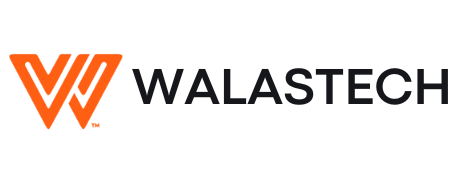


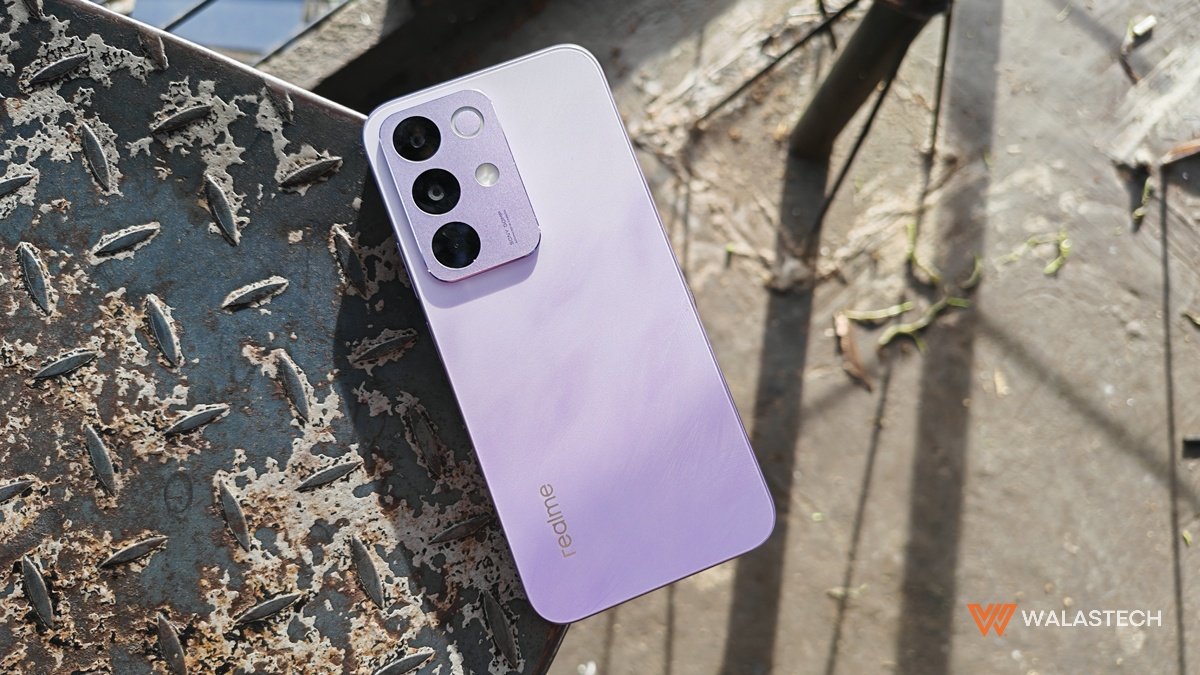


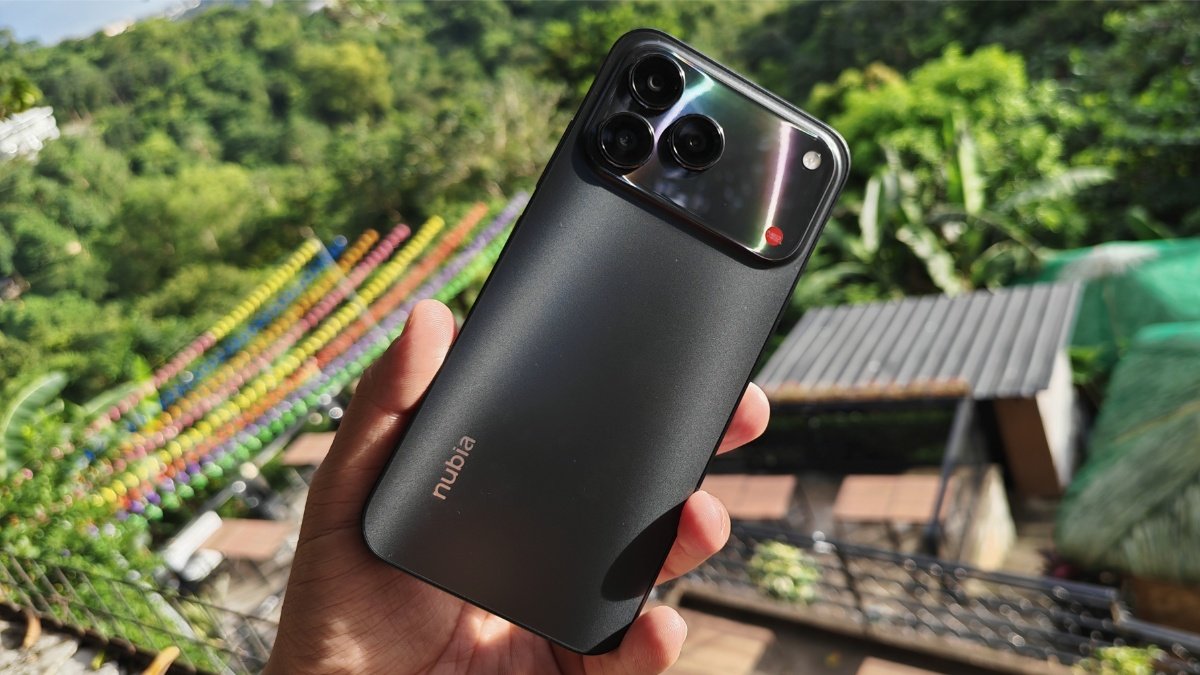
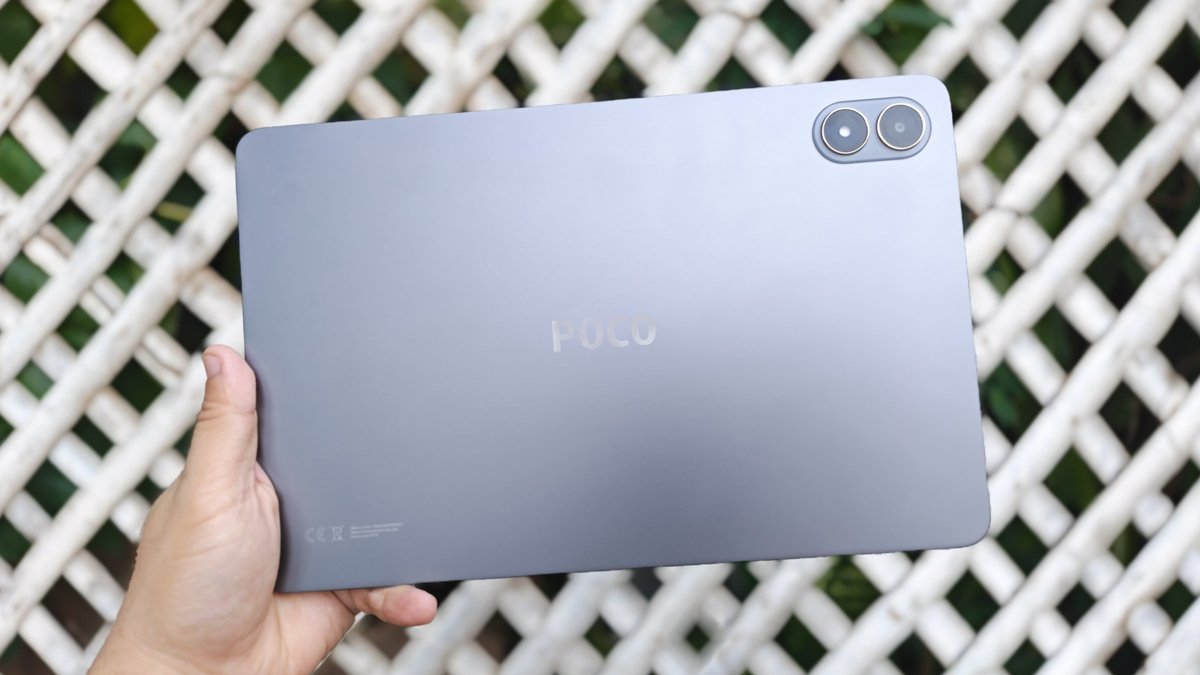
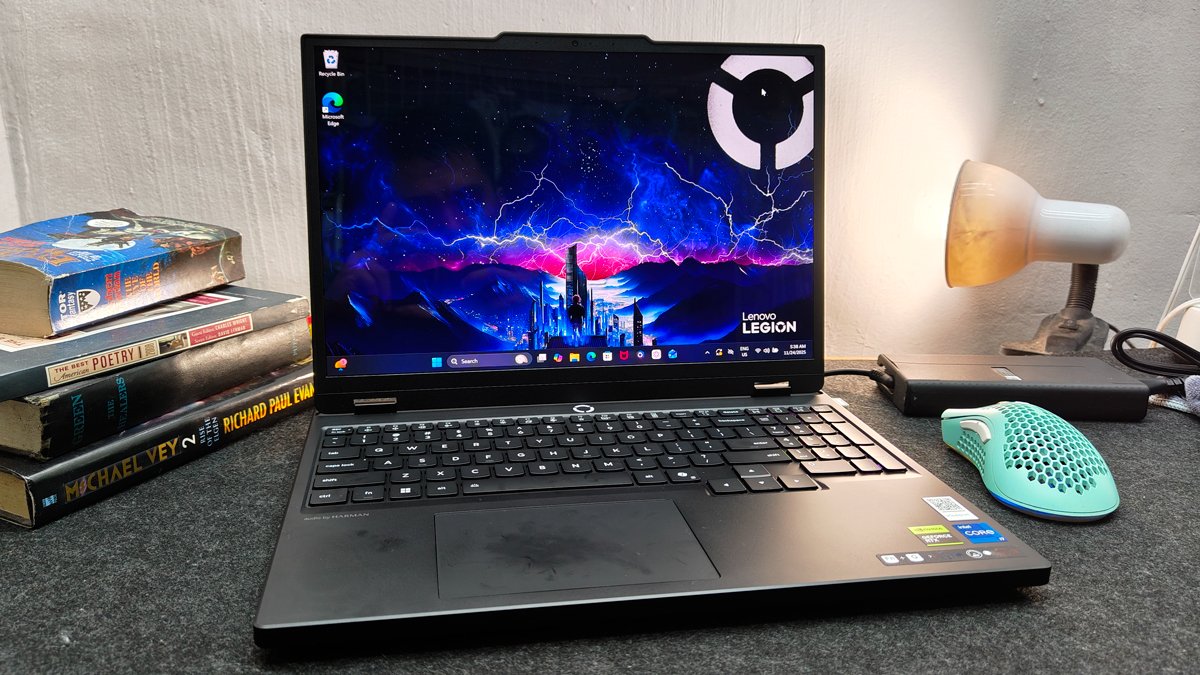
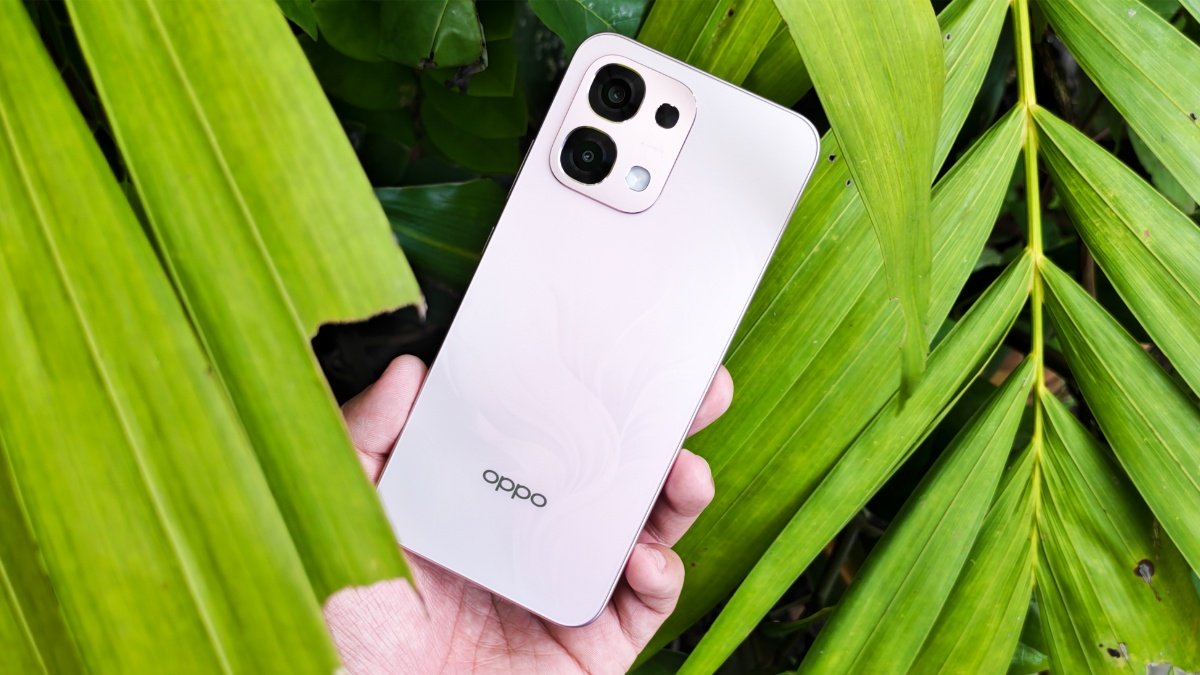
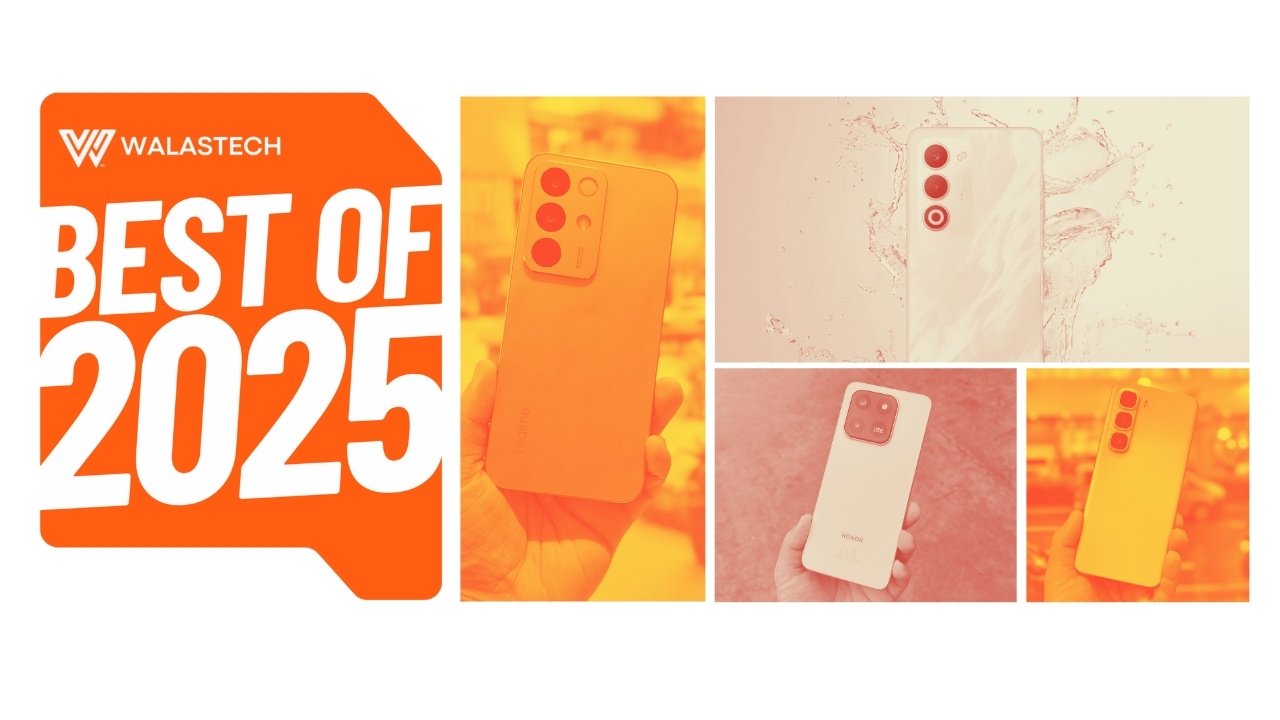
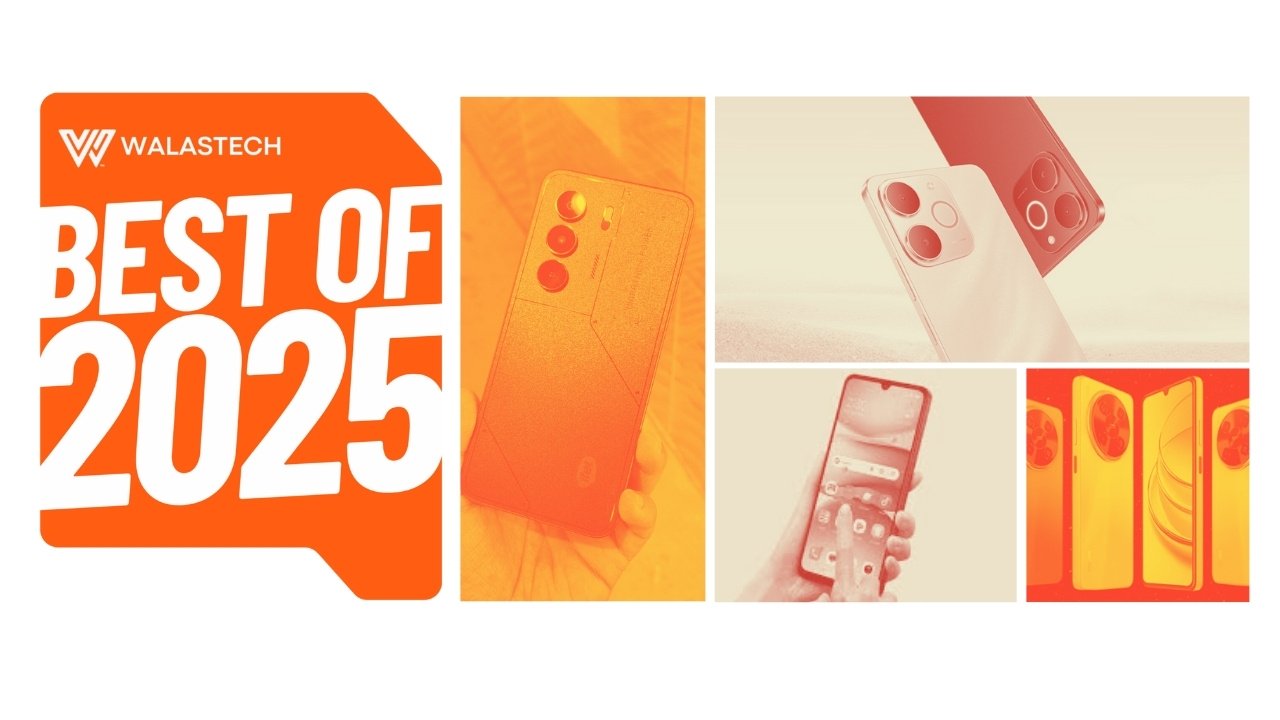


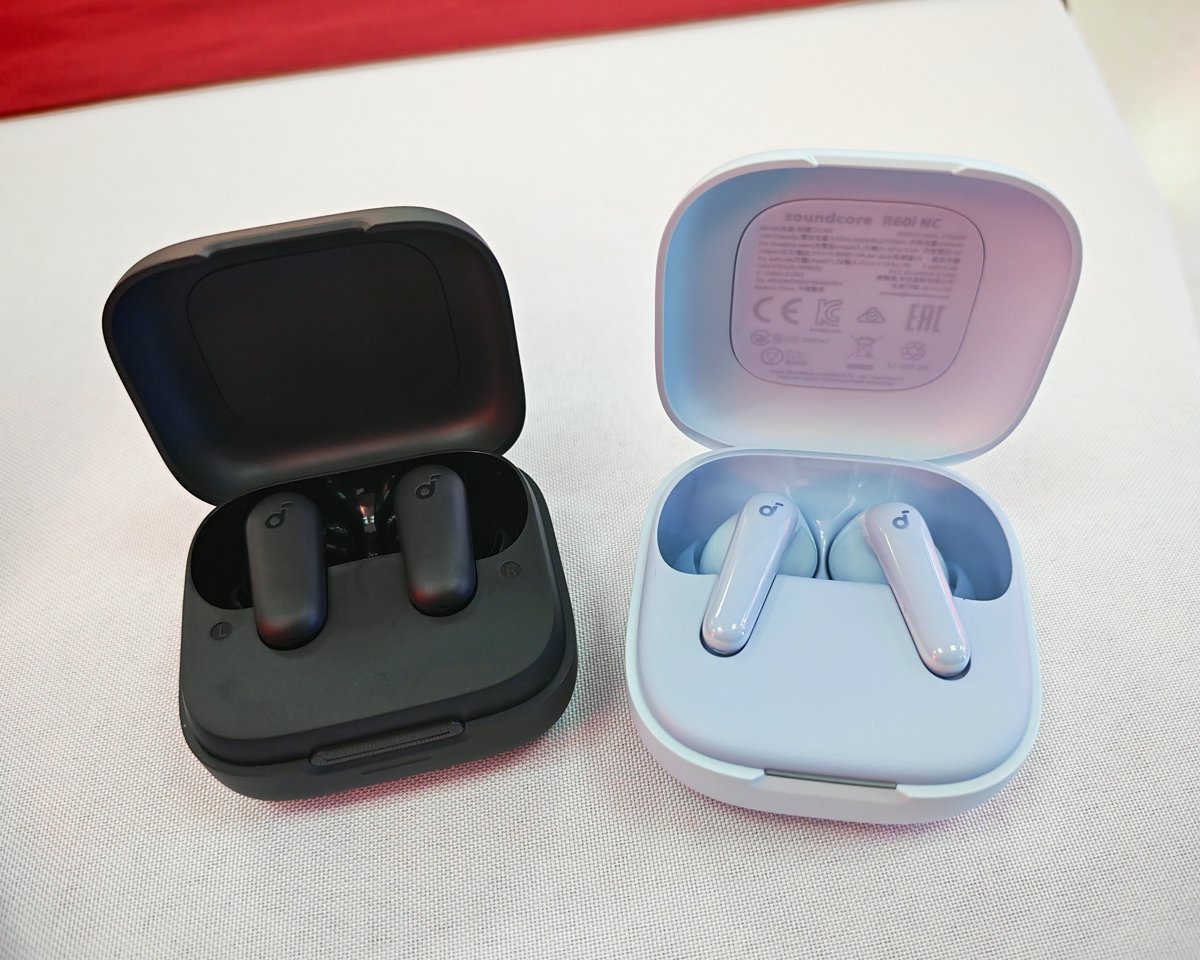


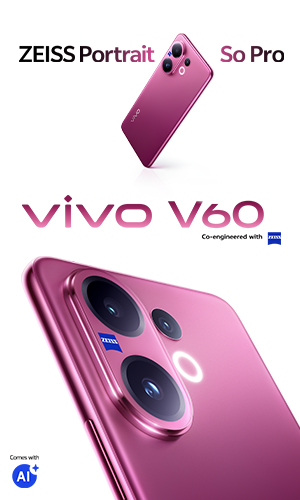
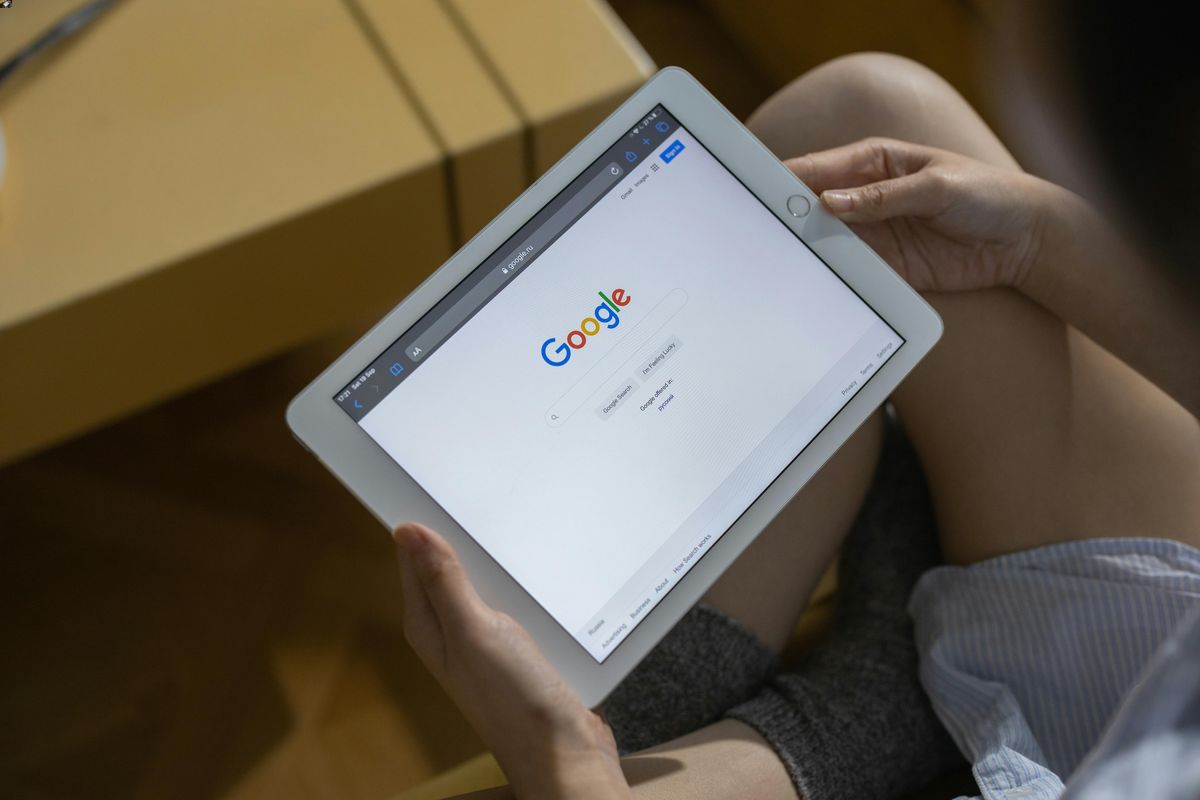

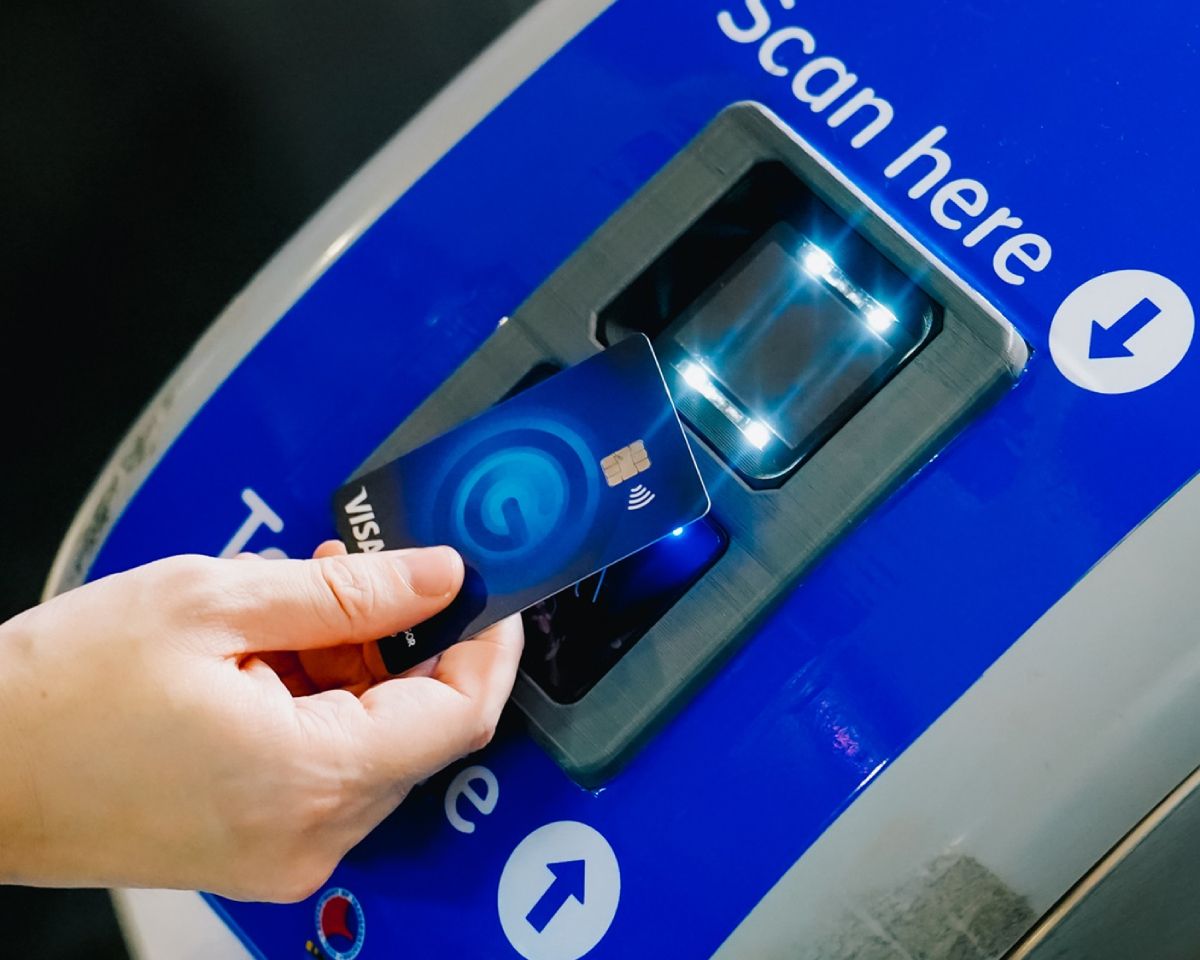
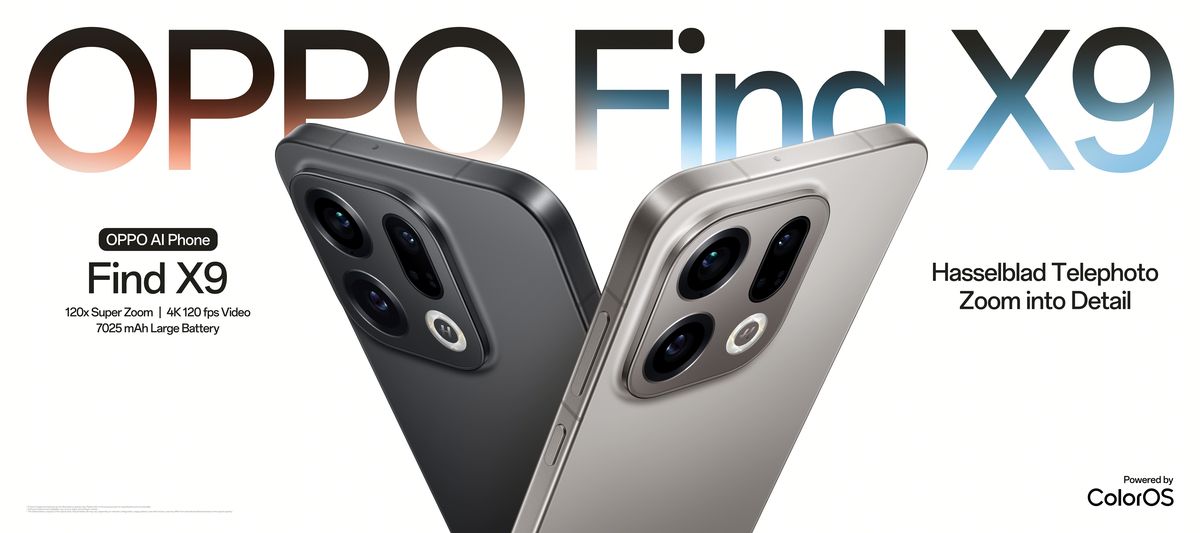
Leave a Reply